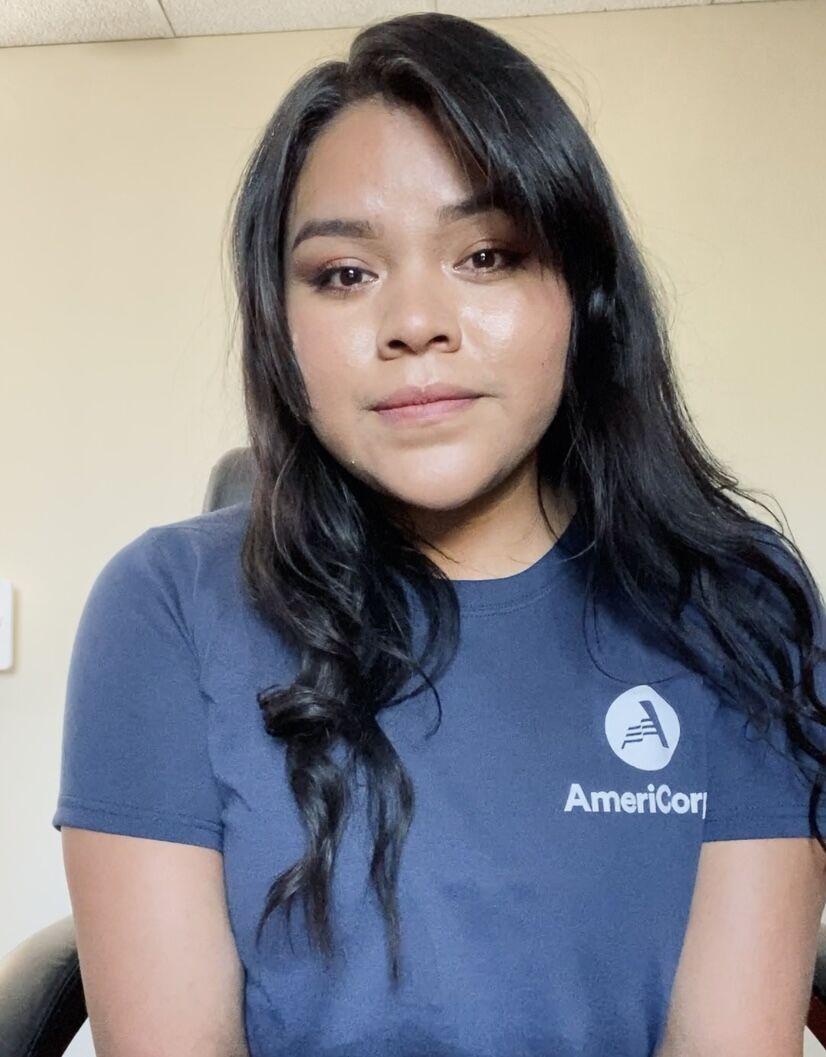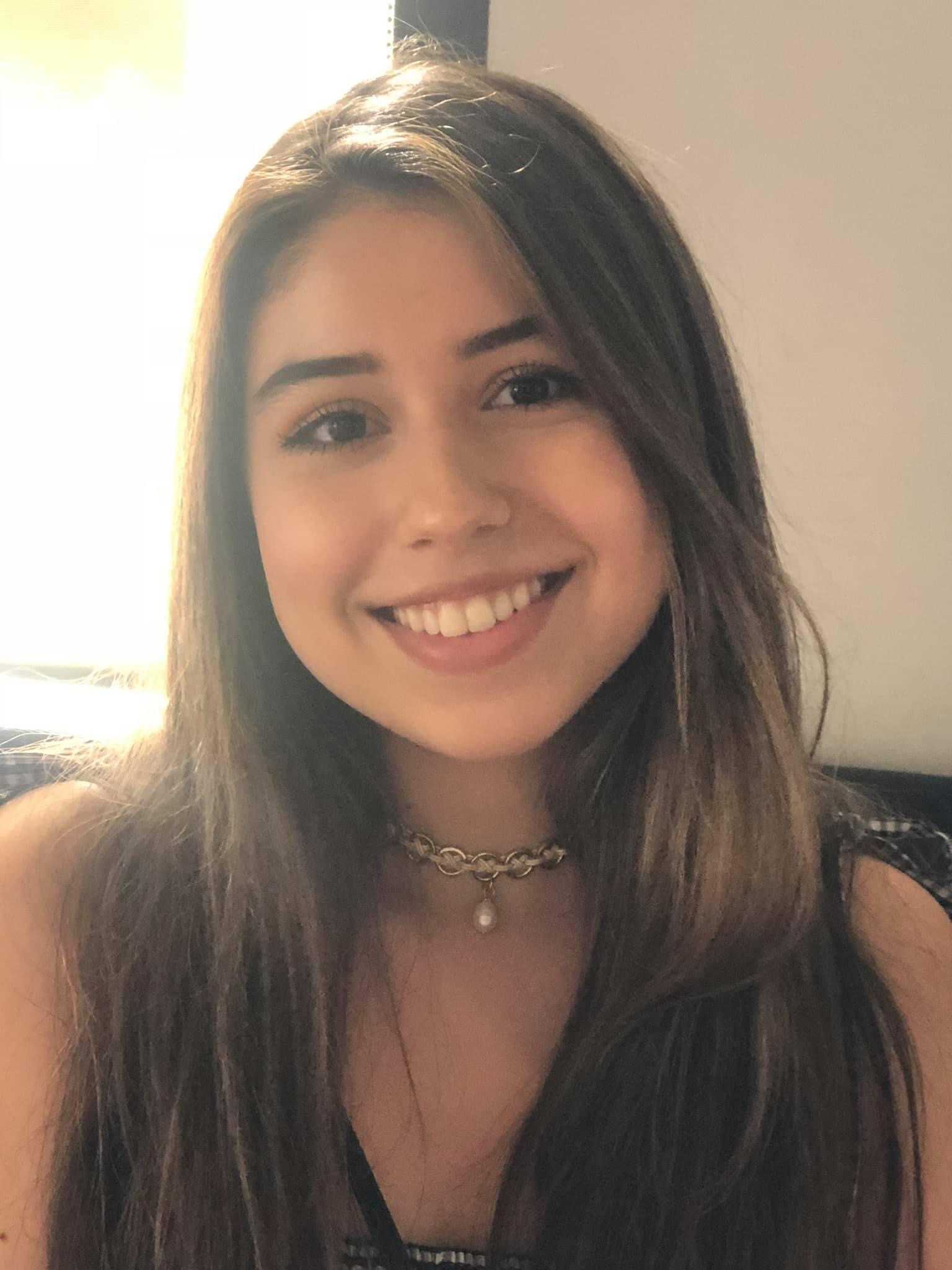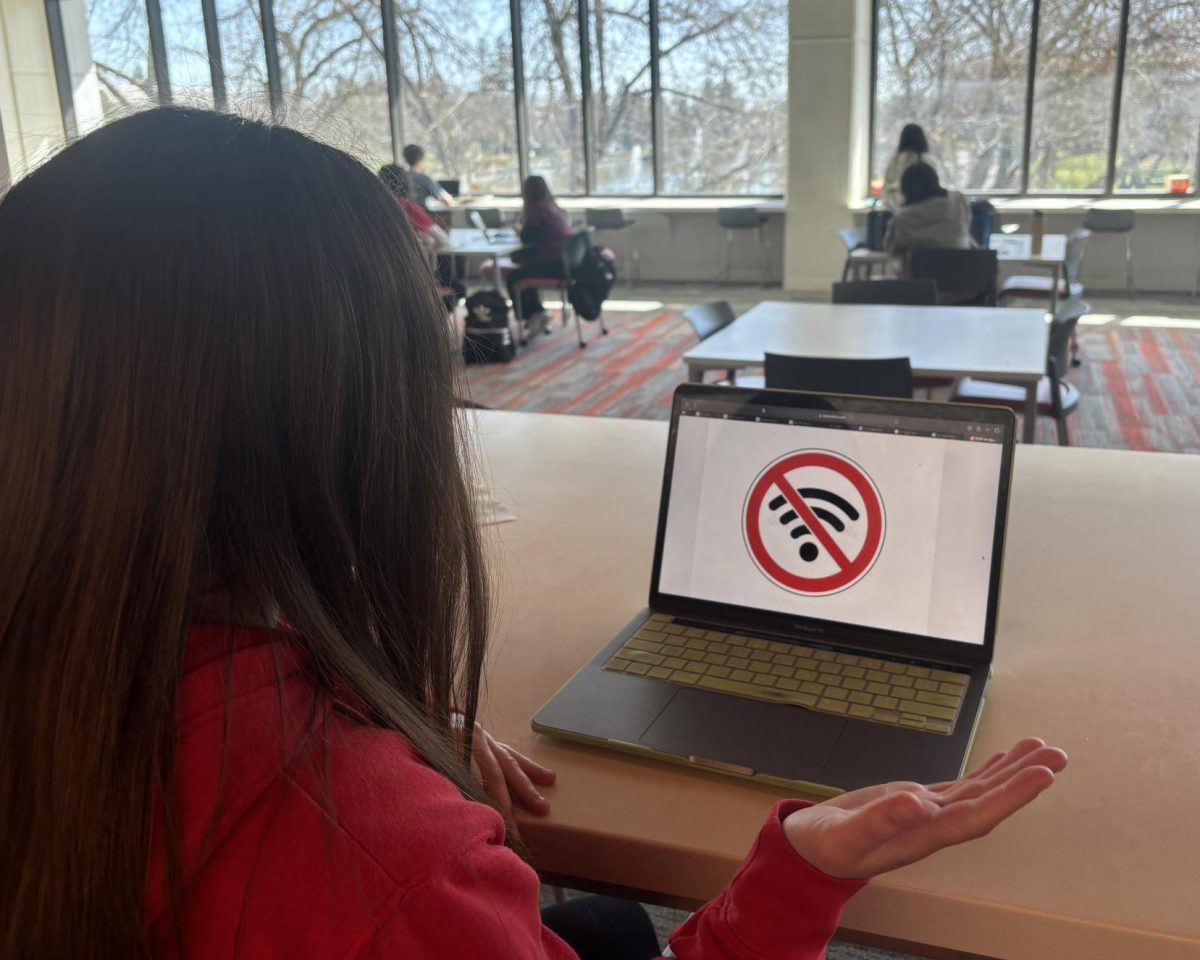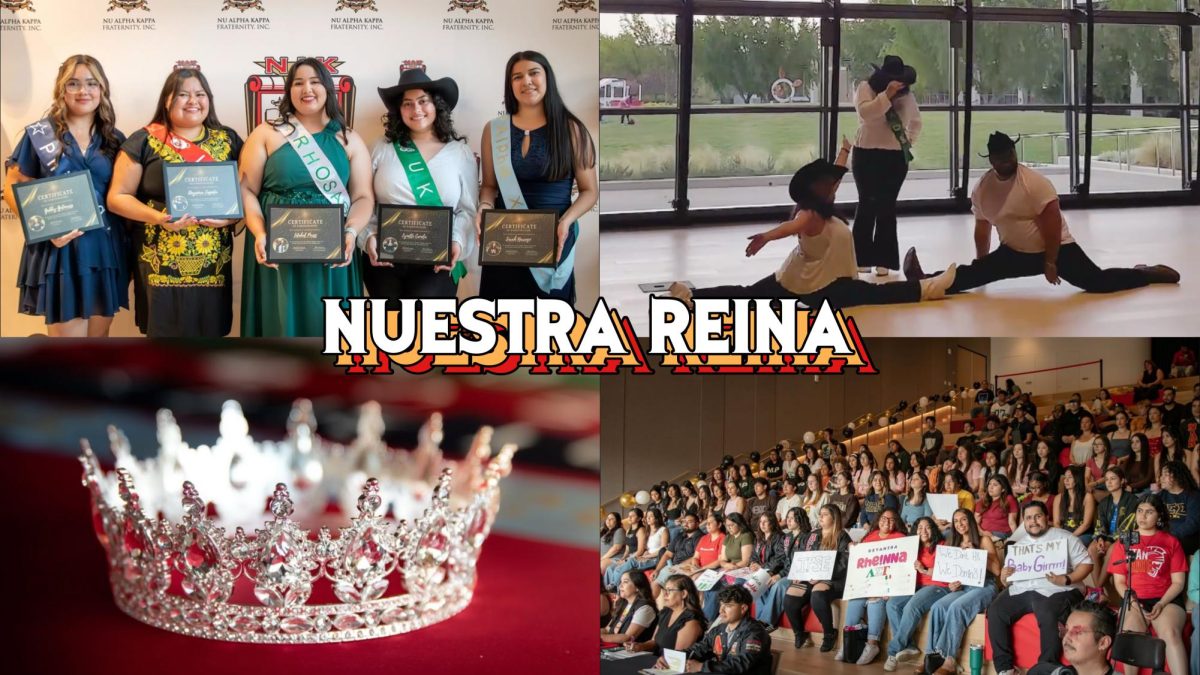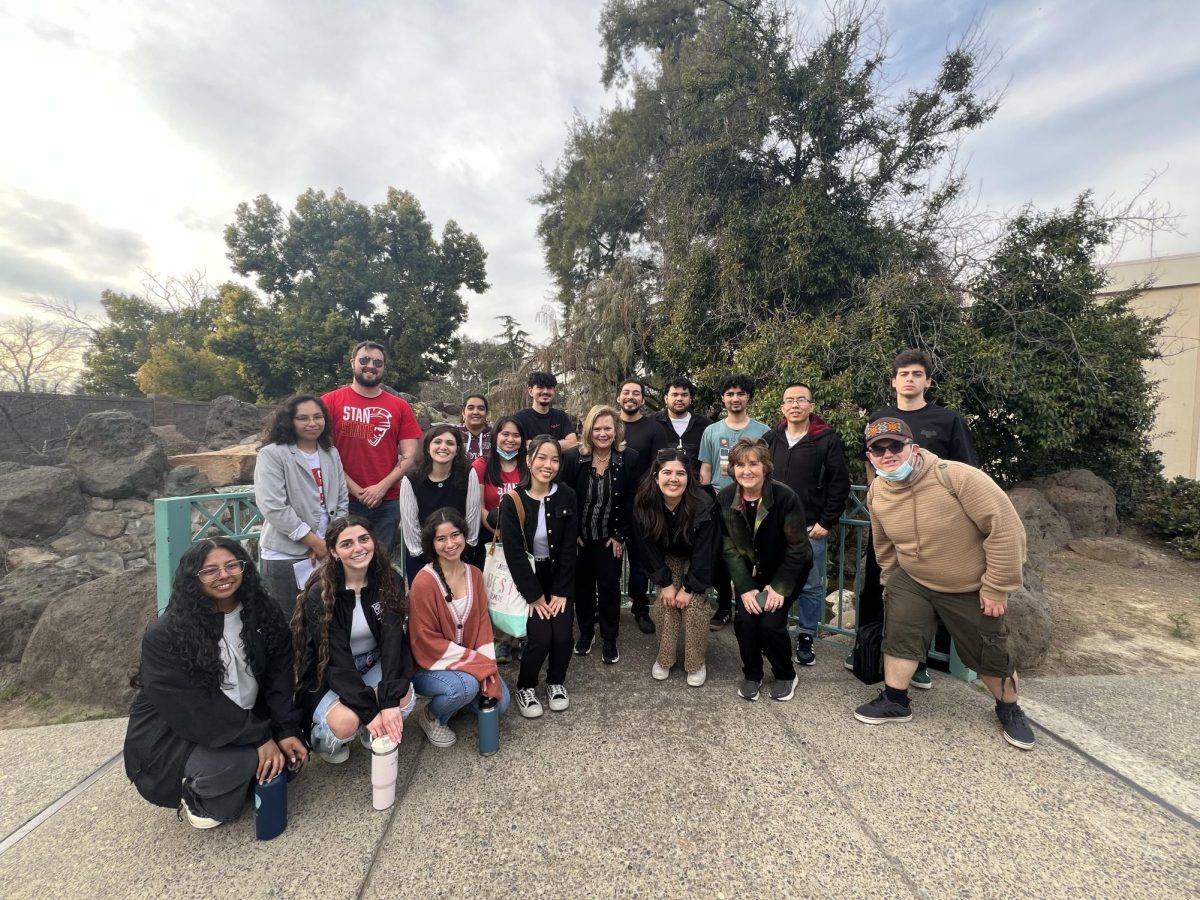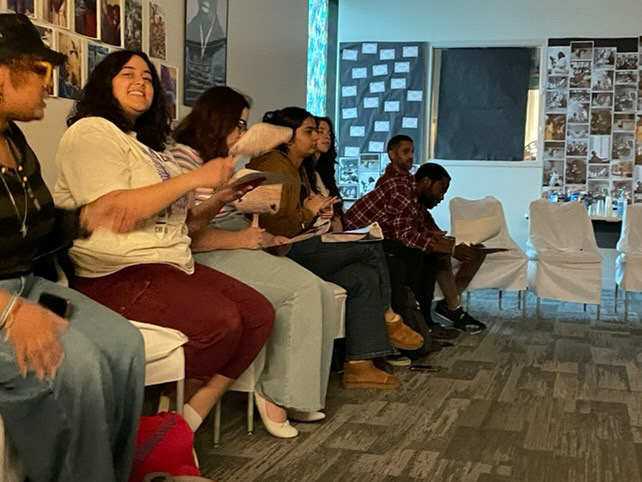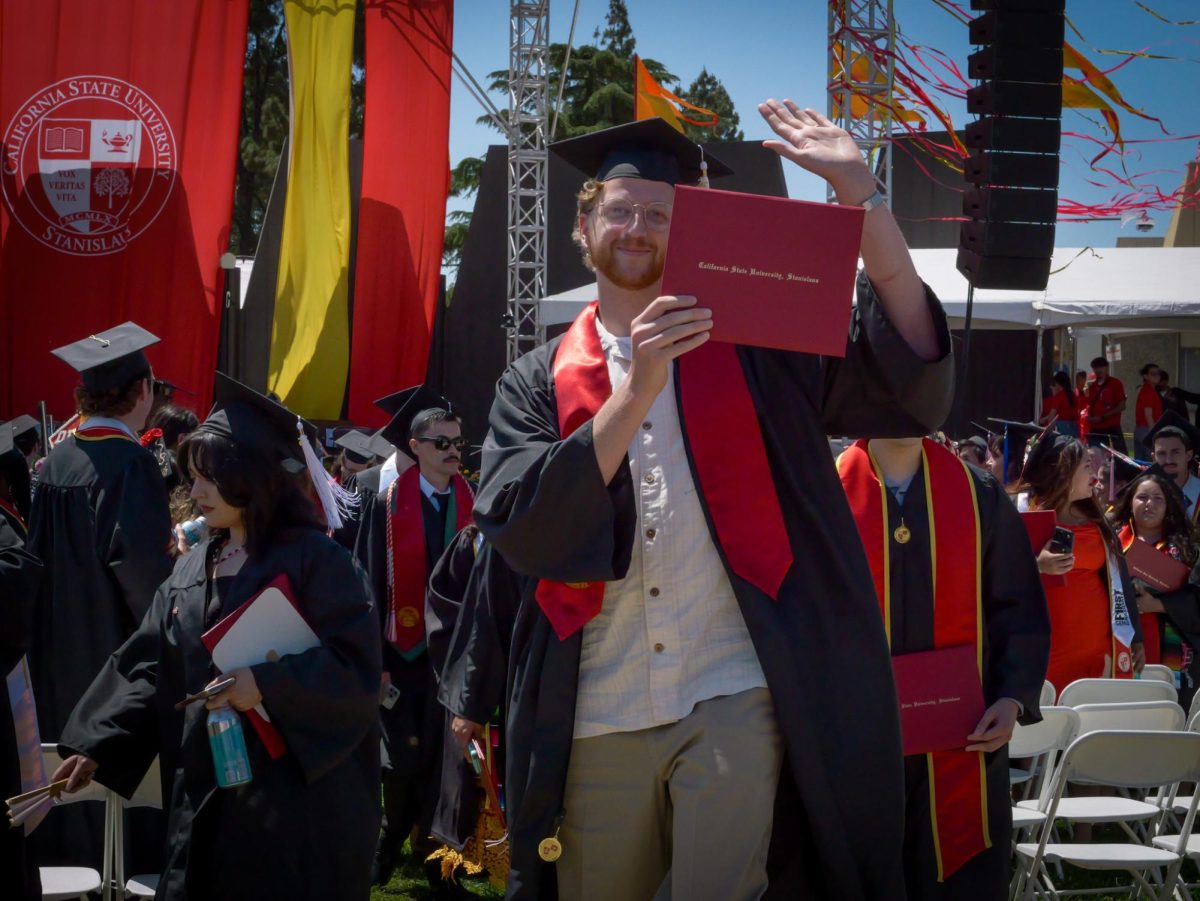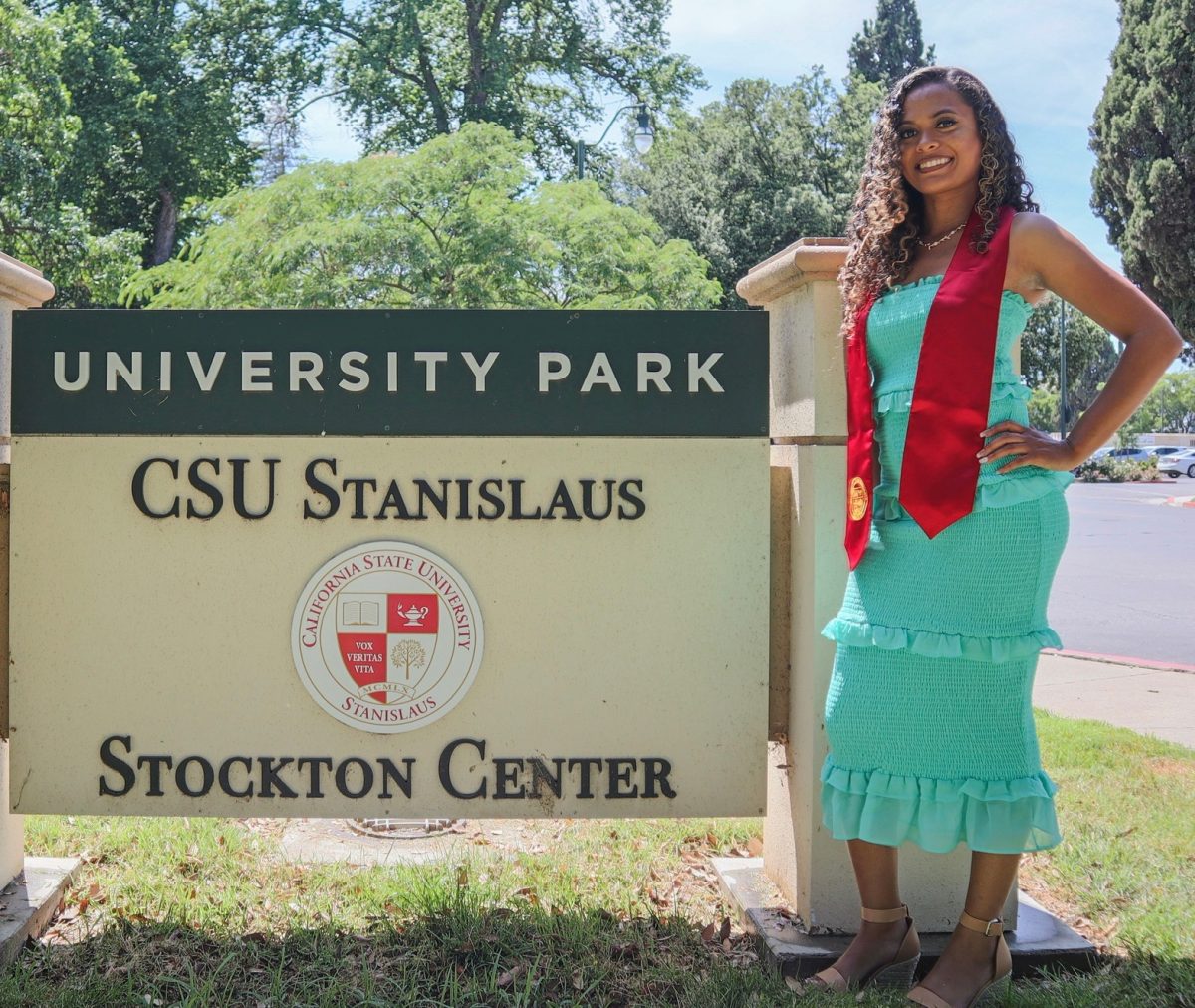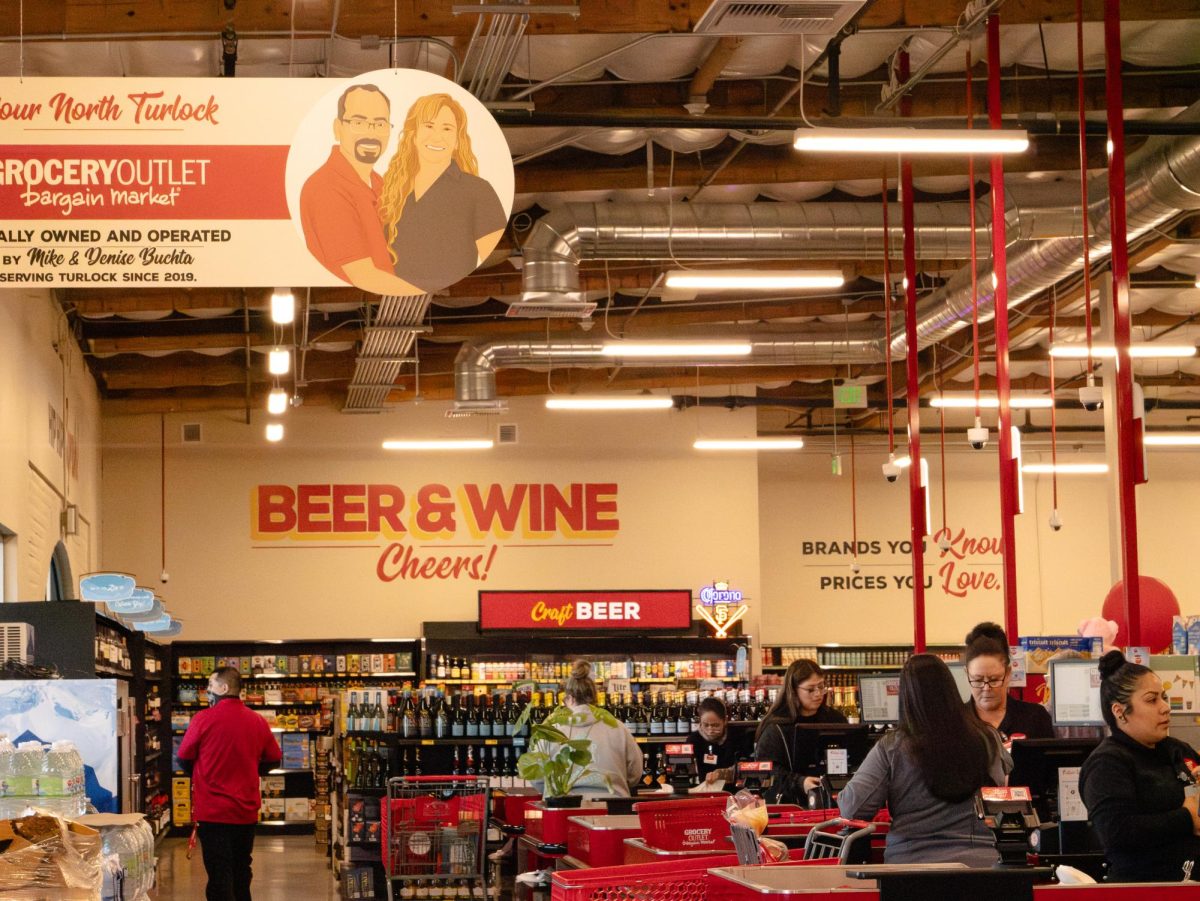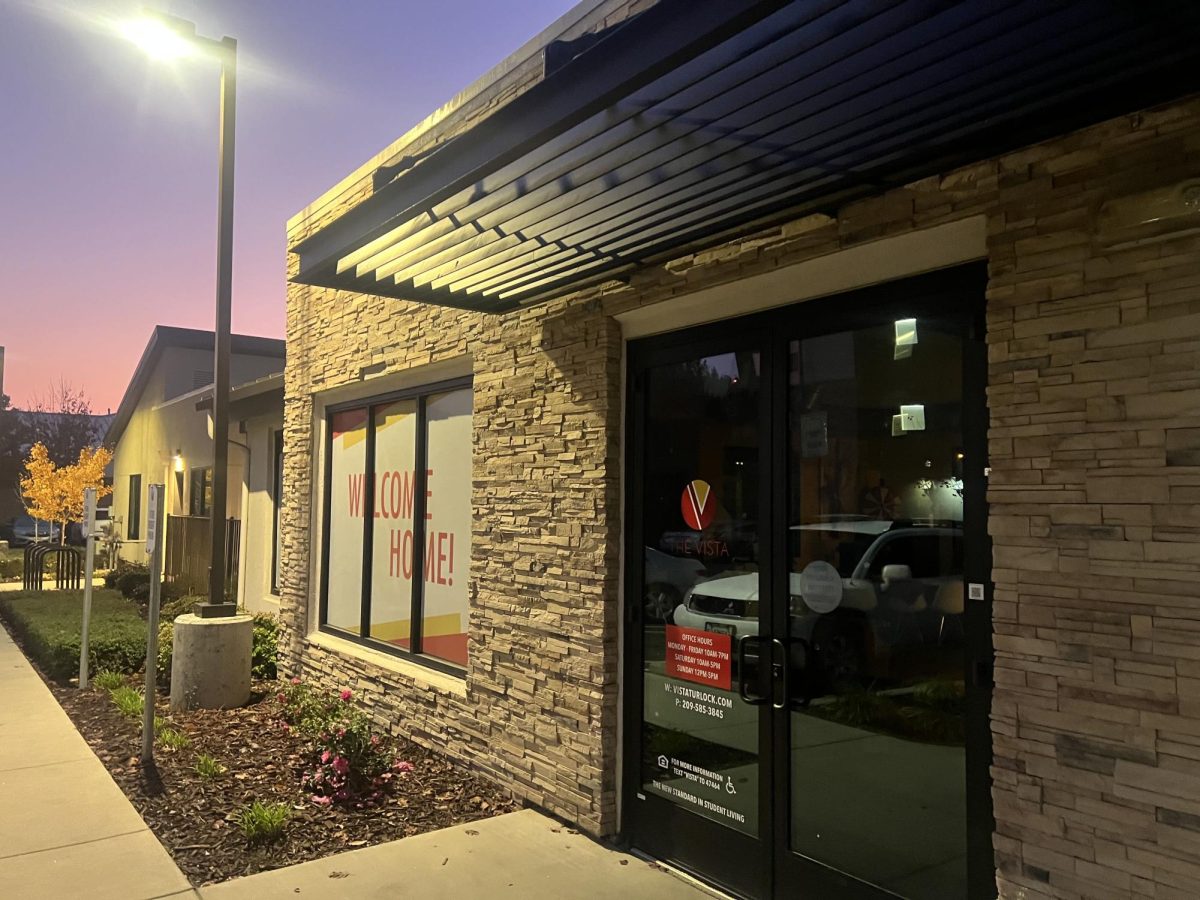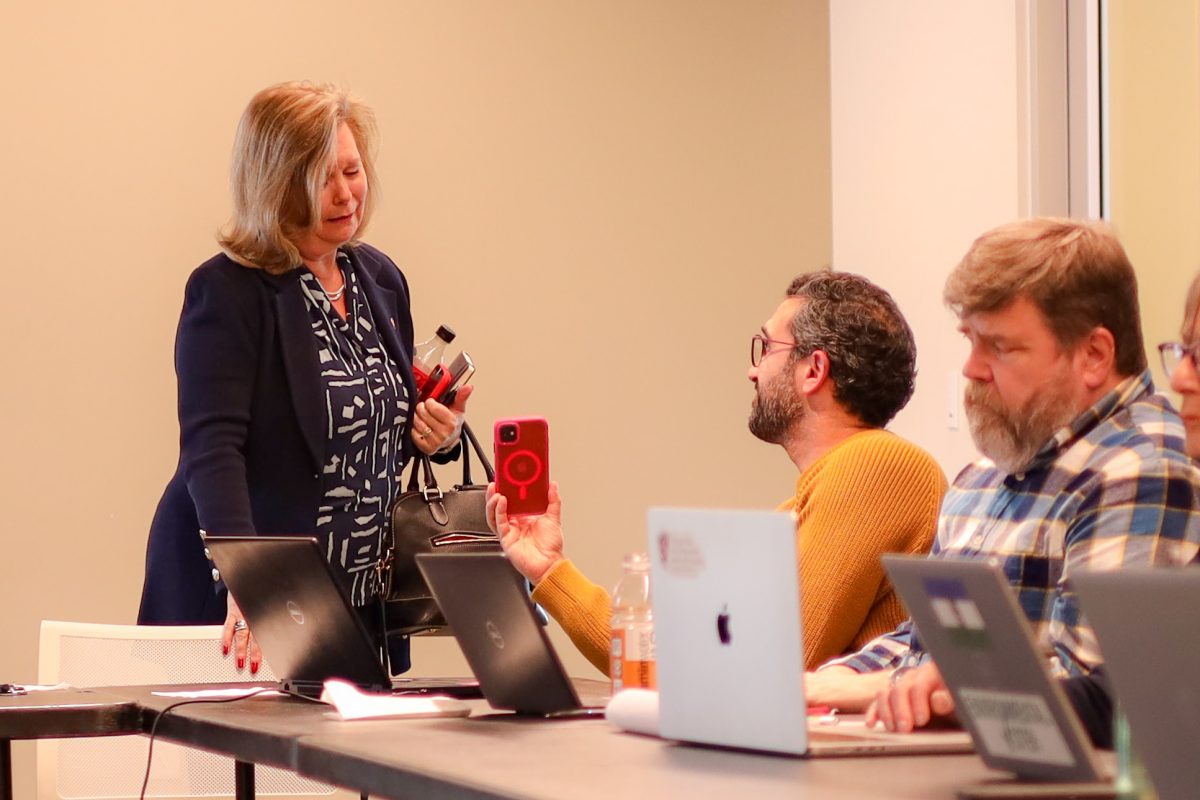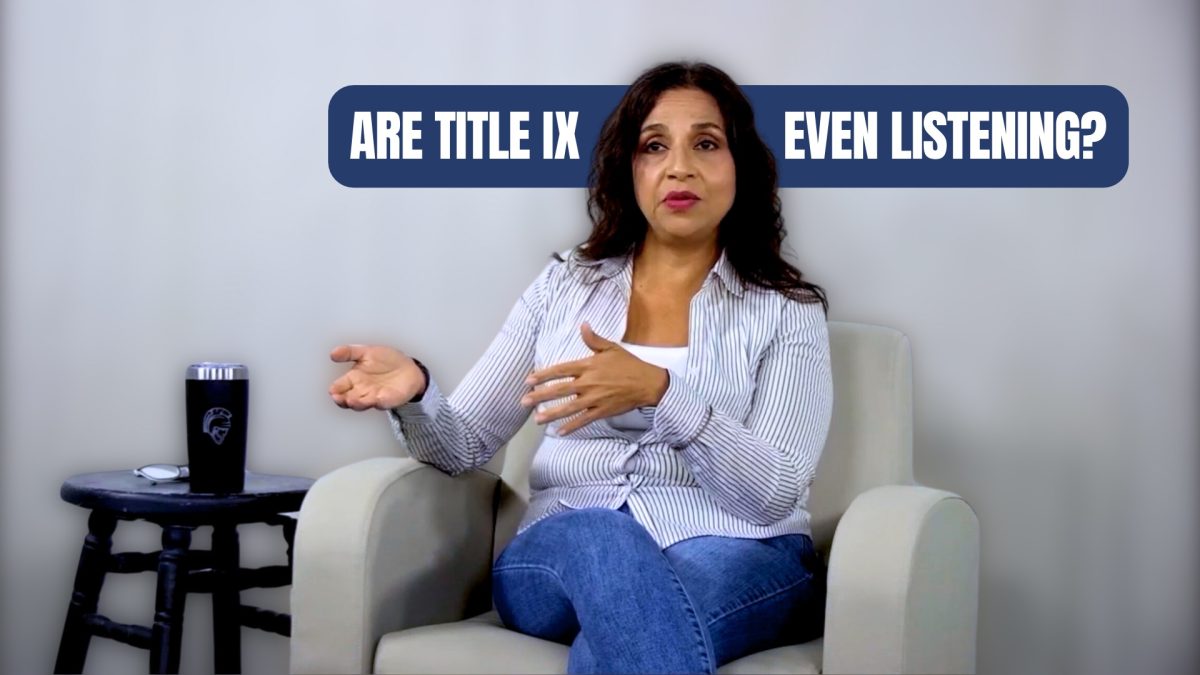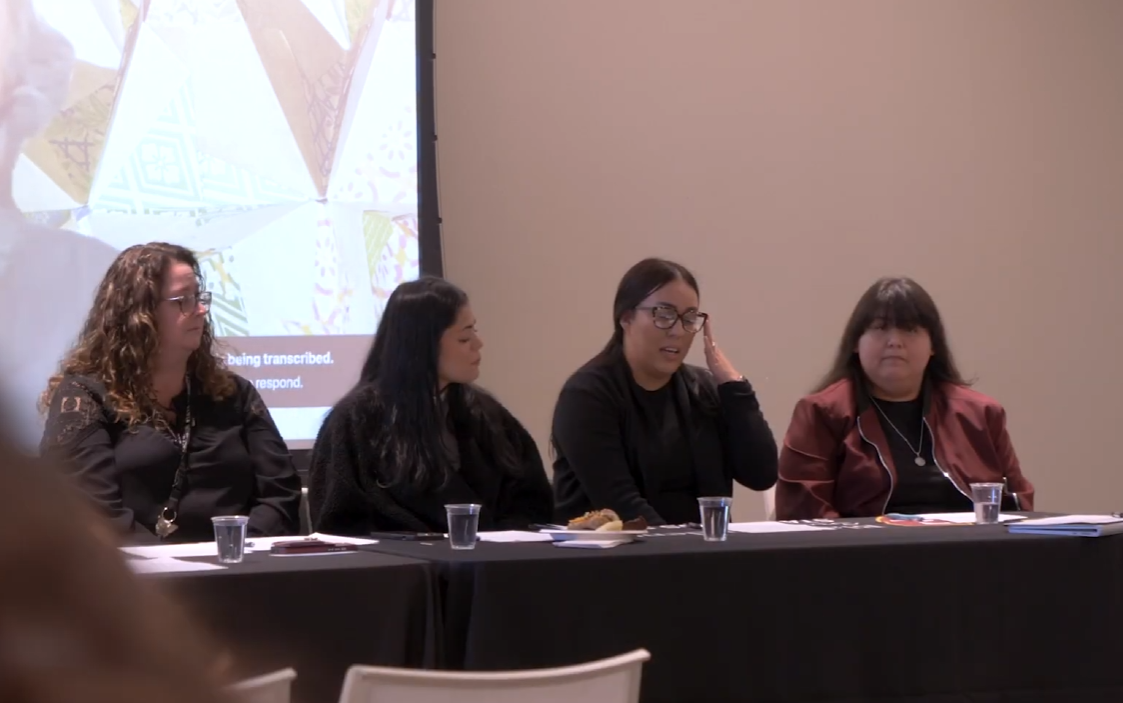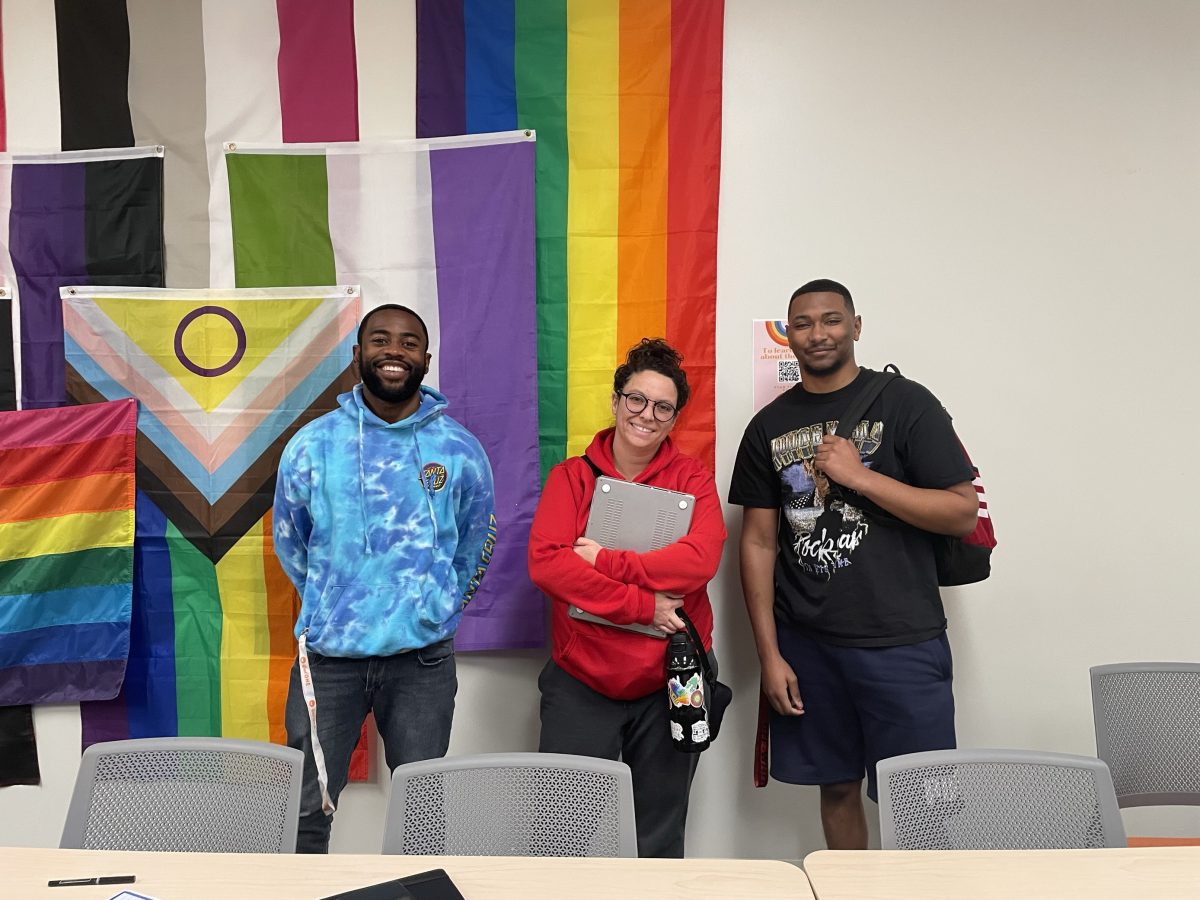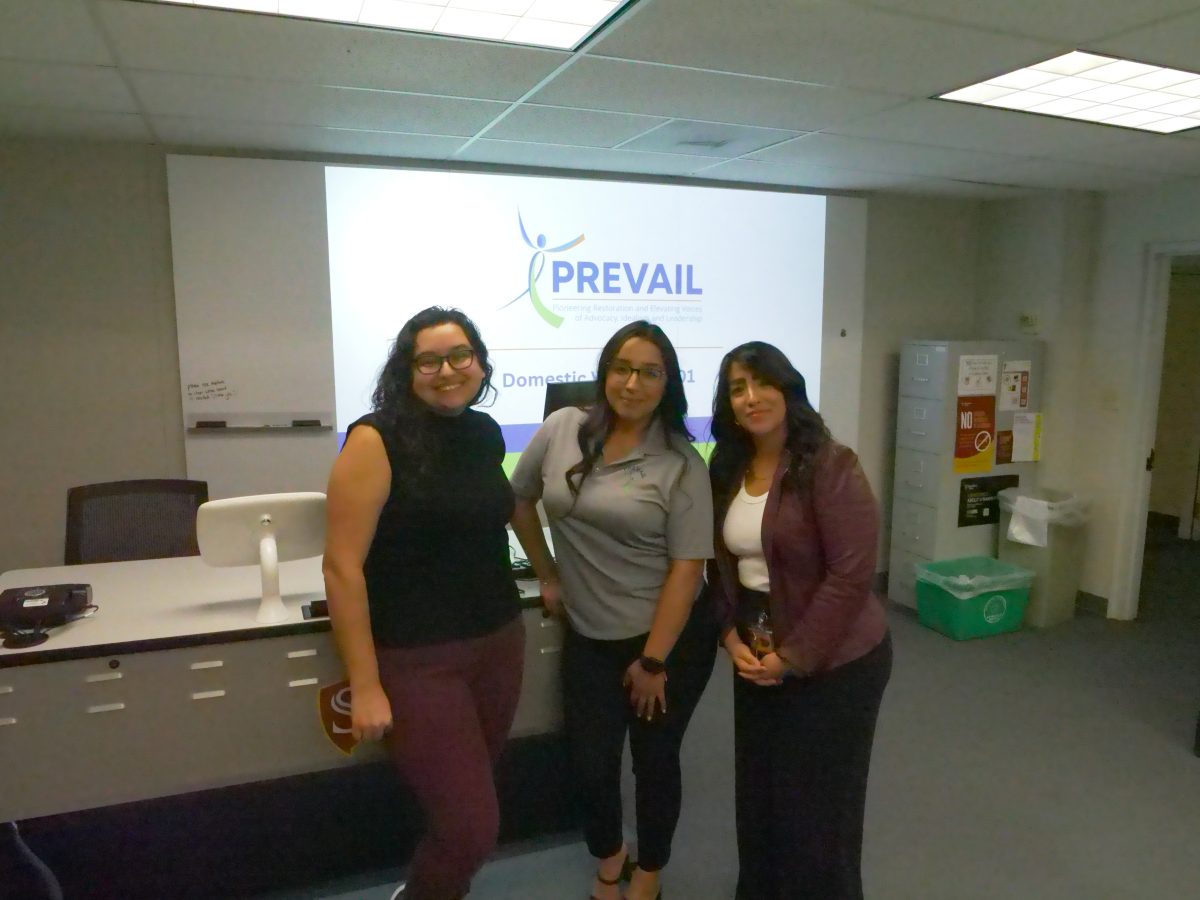The Warrior Cross Cultural Center at CSU Stanislaus recently hosted an Internalized Oppression workshop that was available to students, faculty, and the community. Dr. Daniel Solorzano, a professor of social science and comparative education and chicana/o and central American studies at UCLA, was a guest speaker at the workshop.
Solorzano’s presentation focused on critical race theory, but he also included other aspects related to internalized oppression into his talk. The presentation incorporated anti-black racism in the Latina/o community and internalized anti-black racism.
Solorzano opened his presentation by talking about the book ”Pivotal Moments“ by Roberta Espinoza and how it’s been both useful and inspirational to him. He then followed with how he discovered critical race theory and how he explored it.
Speaking about anti-black racism in latino/a communities, he noted an L.A Times article that talked about the anti-black sentiments in Mexico and Central America. He also spoke about colorism, which he said is something that can be seen within some latino families.
Karina Perez Guzman, college corp community administrative analyst and program specialist, attended the event and said that back in Puebla Mexico, her family would unknowingly say insensitive things that would hurt people.
“I think it was unconscious,” she said, “I don’t think they knew they were saying those things with a purpose to hurt or be mean. It cycles from generation to generation.”
Guzman spoke about how she was looked at differently by her family because she is very tall for someone who is from their town. She continued by talking about favoritism in families and how the lighter skin individual would be treated better than the darker-toned one.
The last parts of Solorzano’s presentation were about internalized anti-black racism and his own experiences with internalized racism. He mentions in his presentation that racism in institutions is what creates the racial pyramid where people of color fall to the bottom and that it leads to a form of this racism that lives in our communities.
Dr. Amer Ahmed, an intercultural and diversity consultant who was the guest speaker at a recent social justice conference on campus, talked about the unspoken oppression in schools with a majority black student population compared to schools with a majority white student population.
He said that in schools where the majority of the student population was white students said college was in their future, but at schools where the majority of the student population was black the answer was that being a professional athlete and choices to attend college were few and far between.
Ahmed, an Indian American Muslim, has been living here since before the 9/11 attacks and said that the difference in attitude towards his people was a drastic change. Before he said that nobody knew what a Muslim was, but after they were all seen as terrorists and that’s something that is still seen today.
The last part of the workshop was dedicated to allowing attendees to share their personal experiences and what they learned from the workshop.
Irlanda Vela (senior, Business Administration) attended the Nov. 8 workshop.
“I learned that many of us experience internalized racism and sometimes we don’t catch it because we’re so used to it,” she said.
During the last few minutes of the workshop, attendees were put into breakout rooms to share experiences and answer the prompts given to them before.
“I feel like I really connected with a lot of people during the breakout rooms just because it was a really good conversation,” Vella said. “It was a conversation that a lot of us seem to avoid just because it can be a little uncomfortable, but it’s something we need to face because we all go through it.”
Vela followed up with, “Sometimes we even participate in that behavior ourselves and we need to fix our mistakes.”
If you want to watch the workshop recording, it can be found on the Warrior Cross Cultural Center’s YouTube channel.

